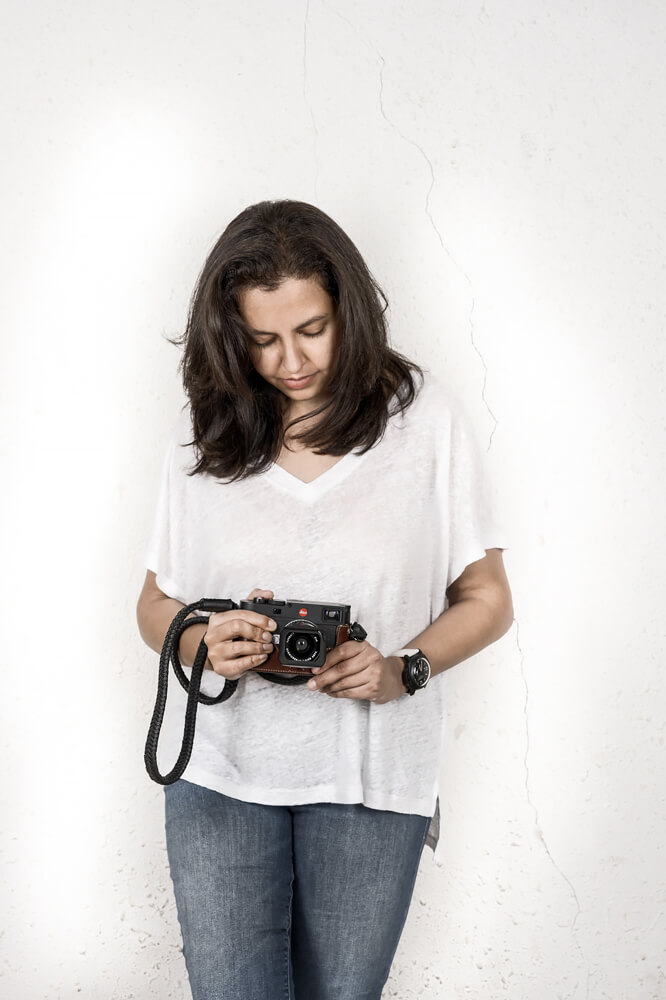Street and documentary photographer Ulka Chauhan grew up in Mumbai, finished high school in Switzerland, college in Boston and lived and worked in New York and South Africa before anchoring herself in Zurich and Mumbai. These varied geographies come together to inform her work and shape her visual language.
While the terrain of her photographic practice is vast, a large body of Ulka's images chronicles life across Switzerland and India. She moves with an ease between the two starkly different worlds, seeing them with 'fresh eyes' every time she visits. Ulka uses her own voice to tell stories inspired by the two diverse spaces she occupies.
Time and space are bystanders in her images as she moves literally and metaphorically between the linear structured world of Switzerland and the cyclical and chaotic world of India.
Her style morphs fluidly with her choice of subject. Using a minimalist narrative, there is an artistic reduction to her compositions as she focuses on just the essential elements to make us look at old things in new ways.
Ulka Chauhan is the sum of all her parts; being rooted on two grounds contouring her identity and compassionate world view.
Her camera is the lens through which she sees the world, and in the process, herself.
A Thousand Dreams
